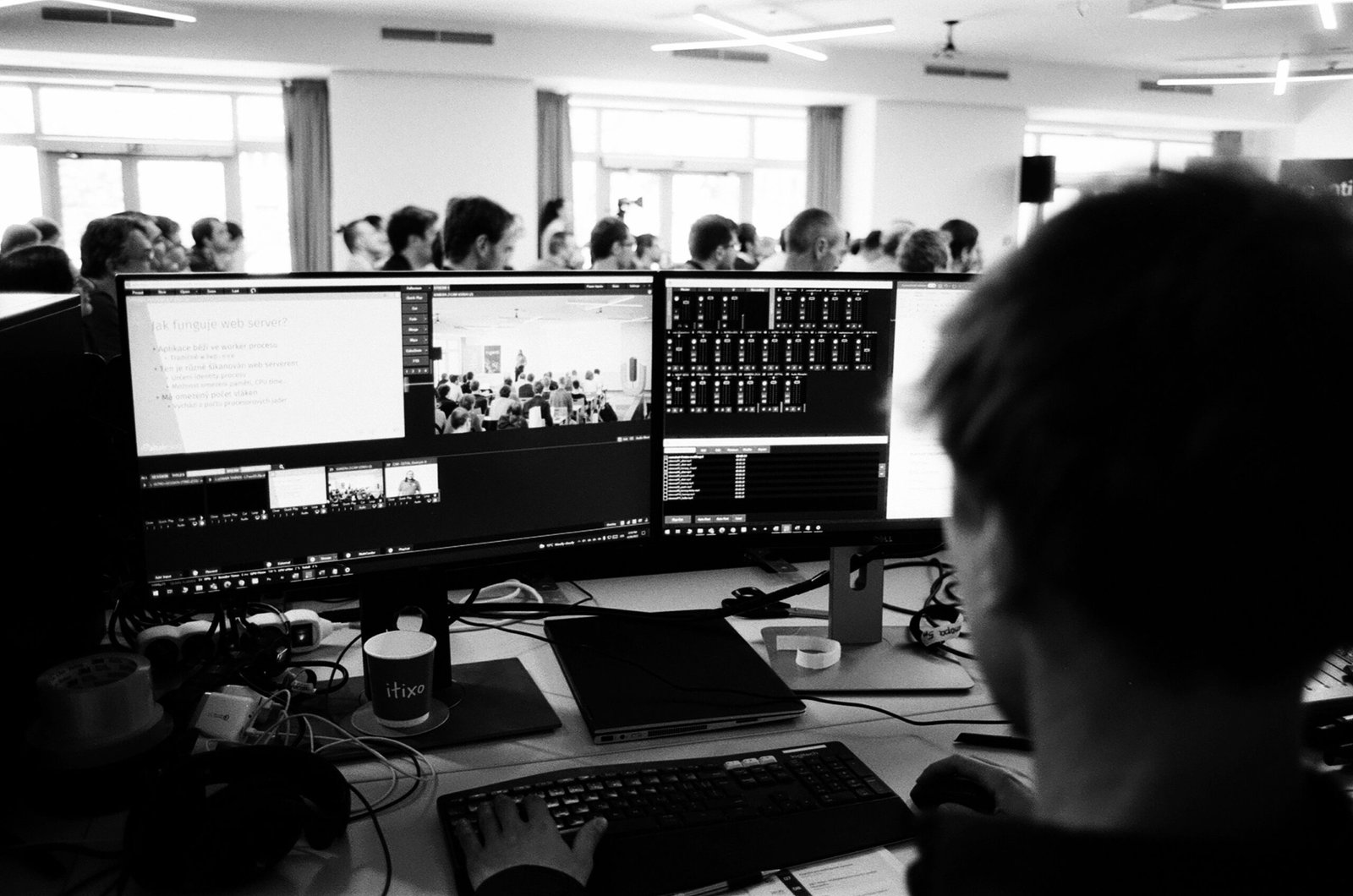Games
Early Access & LiveOps: Building Community Before Launch
In 2025, launching a game is no longer a finish line—it’s the starting point. Through Early Access and LiveOps, developers are transforming players into partners, building communities long before the official release.
🎮 What Is Early Access?
Early Access is a game development model where players can purchase or access a game before its full release—typically during alpha or beta stages.
It allows developers to:
- Get real-world feedback
- Build a community
- Validate game mechanics and monetization
- Fund development with early revenue
🔧 What Is LiveOps?
LiveOps (Live Operations) refers to the ongoing delivery of content, updates, events, and engagement strategies after a game is live—including during Early Access.
It includes:
- Seasonal content drops
- Balance patches and hotfixes
- Community events and competitions
- Real-time metrics and performance tuning
🧠 Why Combine Early Access with LiveOps?
When used together, Early Access + LiveOps enables:
| Benefit | Impact |
|---|---|
| 👥 Community-Driven Dev | Players help shape the game’s direction |
| 💬 Feedback Loops | Bugs, balance, and features improved via real-time player input |
| 💰 Revenue + Retention | Early purchases fund growth, while LiveOps retains players |
| 📣 Organic Marketing | Word of mouth from loyal players beats paid campaigns |
| 🔄 Agile Design | Rapid iteration on features with minimal guesswork |
🌟 Examples of Successful Early Access + LiveOps Games
| Game | What They Did Right |
|---|---|
| Baldur’s Gate 3 | Multi-year Early Access with frequent player polls and patch cycles |
| Hades | Used community feedback to refine gameplay systems, storytelling, and UI |
| Valheim | Small team + massive success thanks to regular updates and community servers |
| Palworld | Leveraged social buzz + consistent balancing patches and content |
| The Finals | Blended beta testing with live in-game tweaks based on player behavior |
🏗️ How to Build a Strong Early Access Game with LiveOps
✅ 1. Start with a Playable Core
Before inviting players in:
- Ensure the game loop is fun
- Stabilize the core mechanics
- Create at least one solid content slice (level, map, mission)
✅ 2. Create a Transparent Roadmap
Players support games when they feel informed. Share:
- What’s coming next
- What’s being fixed
- What’s uncertain (and why)
✅ 3. Establish Fast Feedback Channels
- In-game surveys
- Discord integration
- Forums or Reddit AMA
- Patch notes with real dev voice
✅ 4. Deploy LiveOps from Day One
Even if it’s Early Access:
- Launch limited-time events
- Add small updates weekly or bi-weekly
- Reward loyalty with cosmetics or recognition
✅ 5. Celebrate the Community
- Feature streamers, modders, or fan artists
- Host early tournaments or lore reveals
- Let players name weapons, enemies, or planets
📊 LiveOps Metrics to Track (Even in Early Access)
| Metric | Why It Matters |
|---|---|
| 🎮 DAU/WAU/MAU | Active user engagement over time |
| 💬 Retention Curve | Are players coming back daily or weekly? |
| 💰 Conversion Rate | % of free or trial players who buy in |
| 🔧 Bug Reports | Community QA reduces support load |
| 📈 Net Promoter Score | Measures how likely users are to recommend the game |
⚠️ Common Pitfalls to Avoid
| Mistake | Impact |
|---|---|
| 💥 Launching Too Early | Frustrates players if the game feels broken or empty |
| 🤐 No Communication | Radio silence kills trust faster than bugs do |
| 🎁 Over-Promising | Feature creep burns devs and turns fans into critics |
| 💸 Monetizing Too Soon | Aggressive microtransactions in a half-built game = disaster |
| 🗺️ No Roadmap | Players lose faith if they don’t know where you’re going |
💡 Future of Early Access + LiveOps
- AI-Powered Balancing
Real-time difficulty adjustment based on aggregated player behavior - Mod Support from Day 1
Tools for UGC creators boost engagement and extend life cycle - Dynamic Storylines
Player choices across the community affect live world events - Crowd-Governed Roadmaps
Players vote on next features or content priorities via integrated UI - Cross-Platform Persistence
Start on mobile, continue on PC—with synced inventory, stats, and progress








